Winner of the 2023 WLA Awards – Editors Award
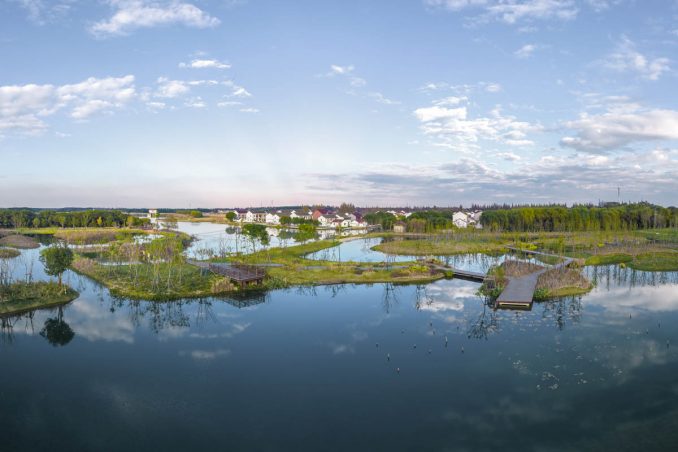
The polder of Jiangnan Region is a unique mode of farmland development created in local people’s long-term agricultural water treatment and farming management practices. Not constrained by sizes, shapes and contours, it constructs a healthy ecological space of water-green synergy by combining berms, waterways and sluice weirs. Instead of focusing on dredging and installing sluices, we explore an ecological logic based on the dynamic equilibrium between the polder’s two intrinsic functions, food production and stormwater and flood regulation. Meanwhile, the project perfects supplementary functions of ecosystem services, including runoff regulation, water purification, biodiversity protection, waterfront settlement and aesthetics, etc. Observing the principles of accommodating water in all designs and learning from nature, we aim to build an ecosystem integrating humanistic and natural elements to blend production, life and ecology to revive the grandeur of the Jiangnan polder that used to mark the landscape of this locality.
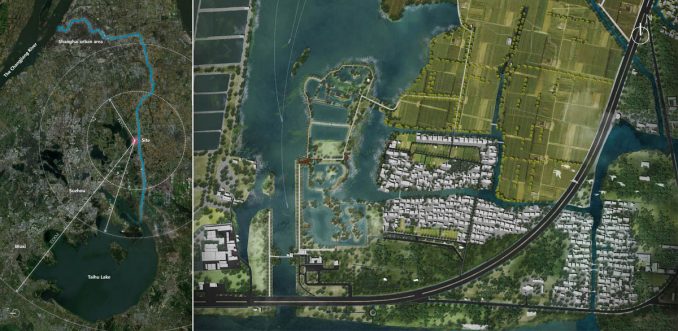
We adopt the GEEM evaluation model to analyze the site conditions to reveal the development dilemma in the form of water-green conflict due to the dominance of agricultural efficiency and economic benefits. Through in-depth research on the triangular relationship between water, green and people, we guide the spontaneous succession of flora and fauna to provide a new model for fish cultivation, wetland purification, and animal habitat restoration in Jiangnan.
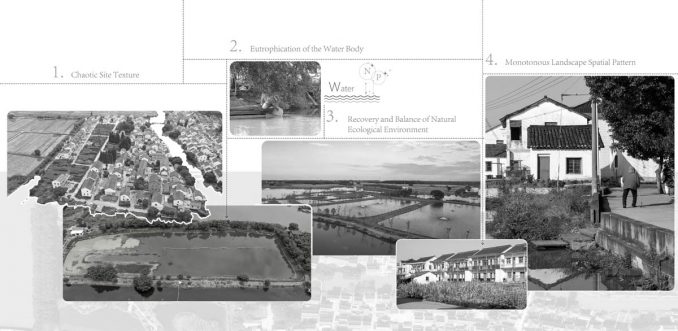
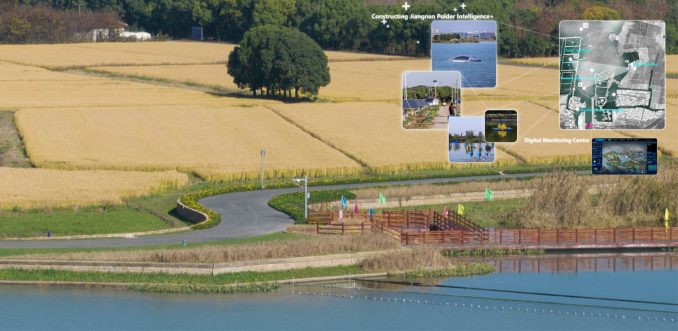
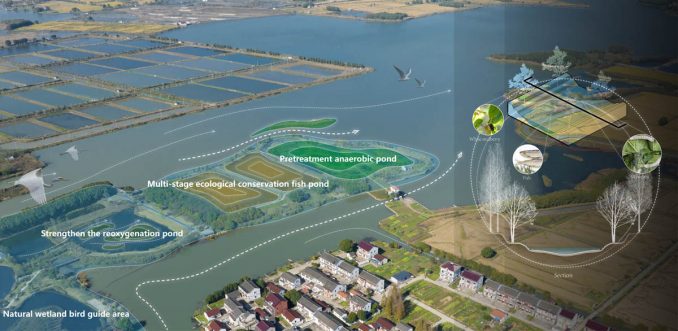
Underwater Forest
Besides guaranteeing water purification capacity, we aim to form an “underwater forest” through the multi-level combination of submerged plants of different heights, choosing mainly hardy evergreen short tape grass.
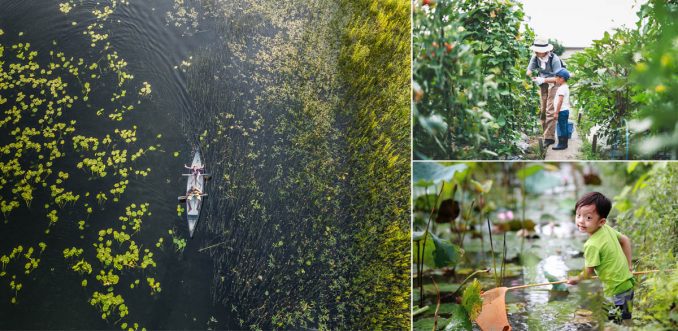
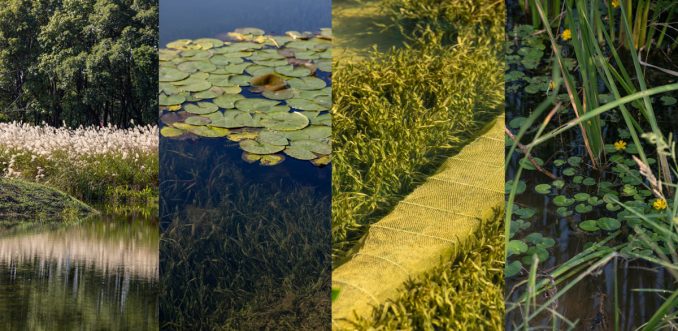
Mulberry-dyke Fish Pond
Dykes and berms are elevated using sludge from dredging nearby waterways and fish ponds, with mulberry trees and other native trees planted on to form a diverse, complex, self-sustaining, healthy ecosystem in the water-land ecotone.
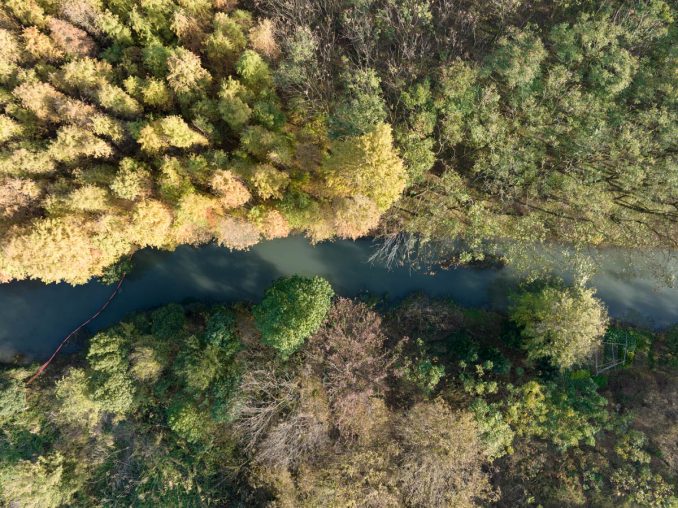
Connecting Polders Using Cofferdams
From constructing individual polders to connecting polders with cofferdams, we revolutionized reclaiming land with dykes. Such a creative way of water conservancy applied to the primitive base makes overall polder planning more scientific to facilitate hierarchical control and management. Furthermore, the dykes are reinforced mainly by blocking branch streams and strengthening main rivers.
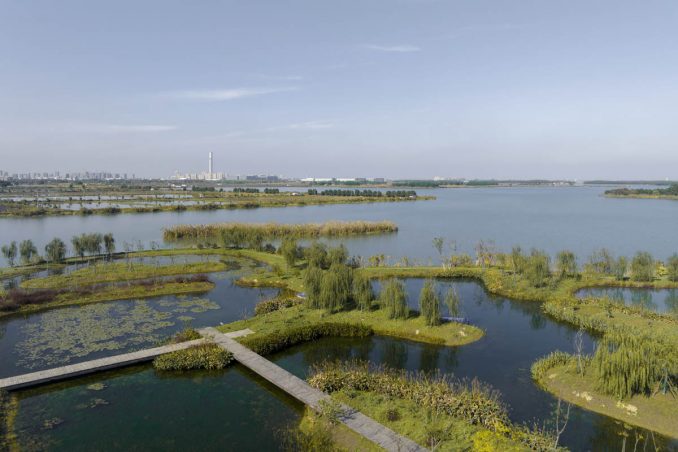
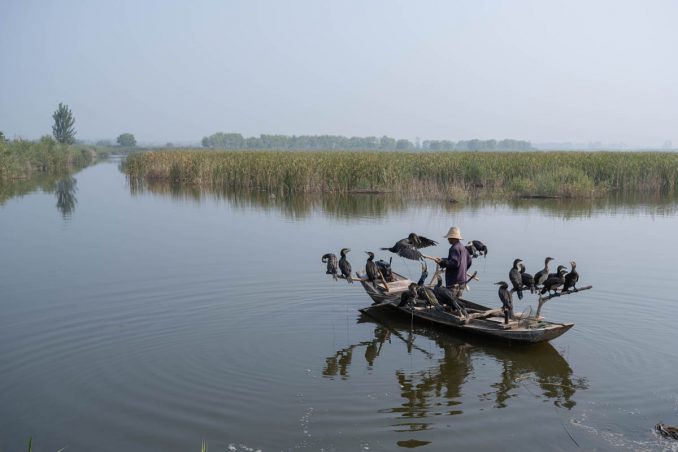
Habitats for Heron
As a secondary wetland with an obvious water-land edge effect, the polder hosts abundant biodiversity. This project adopts an ecological protection strategy mainly depending on conservation, supplemented by restoration, to construct five zones: polder restoration zone, forest belt conservation zone, farmland restoration zone and lotus pond restoration zone. Hence has been established a germplasm bank to protect the primeval nature of indigenous resources.
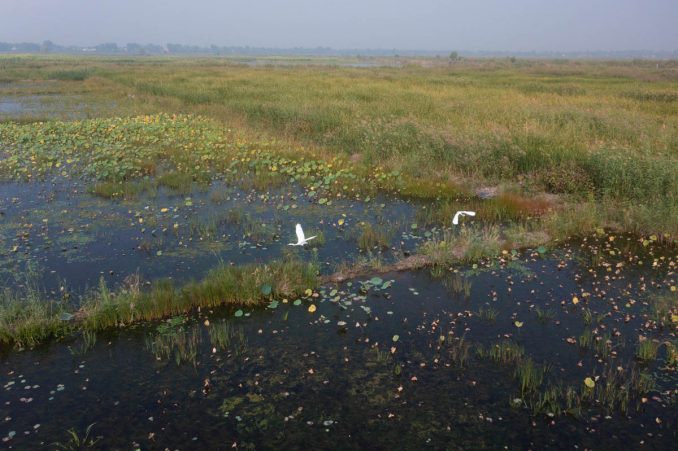
Jiangnan Polder Intelligence+
Digital monitoring and precise intelligent control over agricultural activities, germplasm resources and fish pond water purification are realized through fostering comprehensive environmental awareness, accurate data collection, wireless information transmission and intelligent equipment control, sustained by solar energy and other clean energy sources, assisted by the Internet of Things.
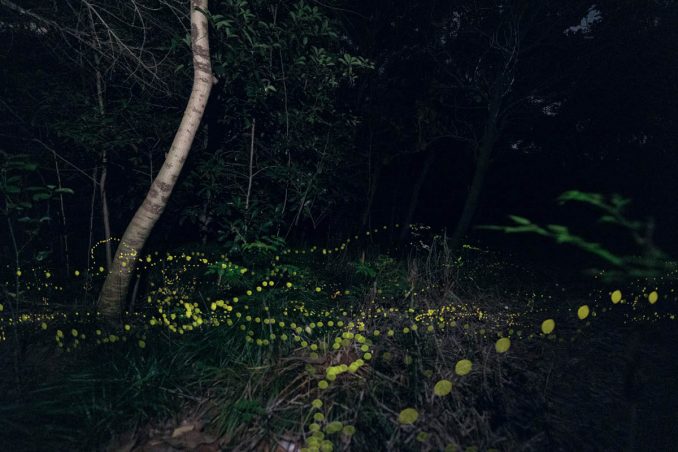
Jiangnan polder, with its ecological balance restored, attracts urban intellectuals to revisit rural communities, where they find new lifestyles or job opportunities, to awaken the countryside.
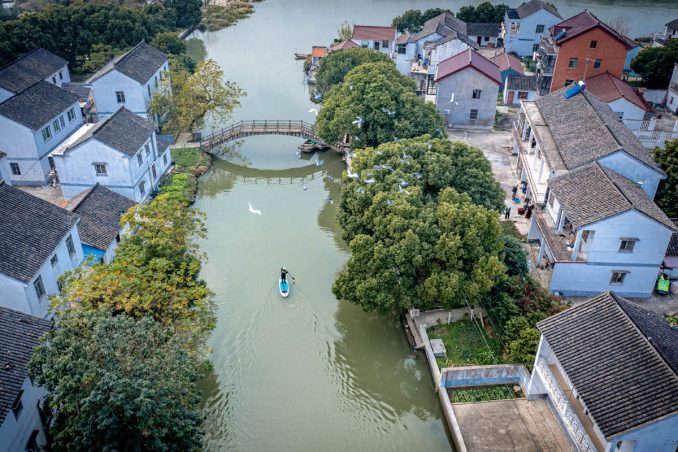
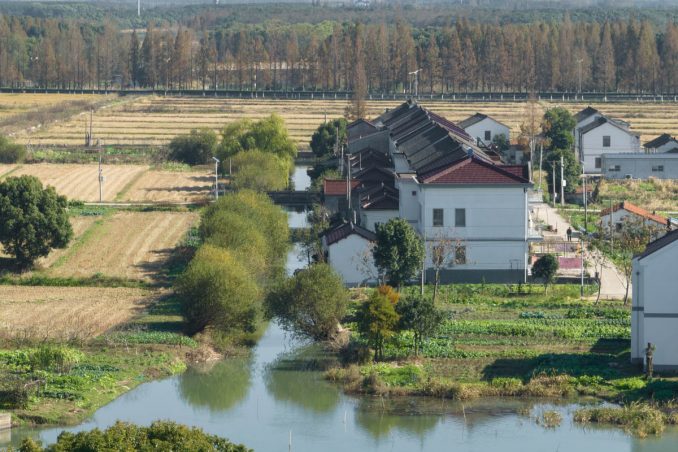
A Waterfront Homestead Reborn: Restorative Design in the Yangtze Delta Polders
Location: Qingpu District, Shanghai.China
Landscape Architect: Shanghai Landscape Design and Research Institute Co.,LTD. (SLADI)
Lead Designers: Wenji Wang, Liya Wei, Juan Jiang, Dongdong Wang, Erlu Xu
Design Team: Lijiang Cao, Haihong Huang, Jie Zhang, Rong Chen, Pingshuai Huang, Shiyan Li, Zhengyang Zhao, Linzi Shen, Junyu Li
Collaborators/Other Consultants: Shanghai Landscape Architecture Construction Co.,Ltd
Client: Shanghai Qingpu District Jinze Town government
Photography: Shanghai Landscape Design and Research Institute Co. LTD. (SLADI)
